Natick Streambank Stabilization 2007
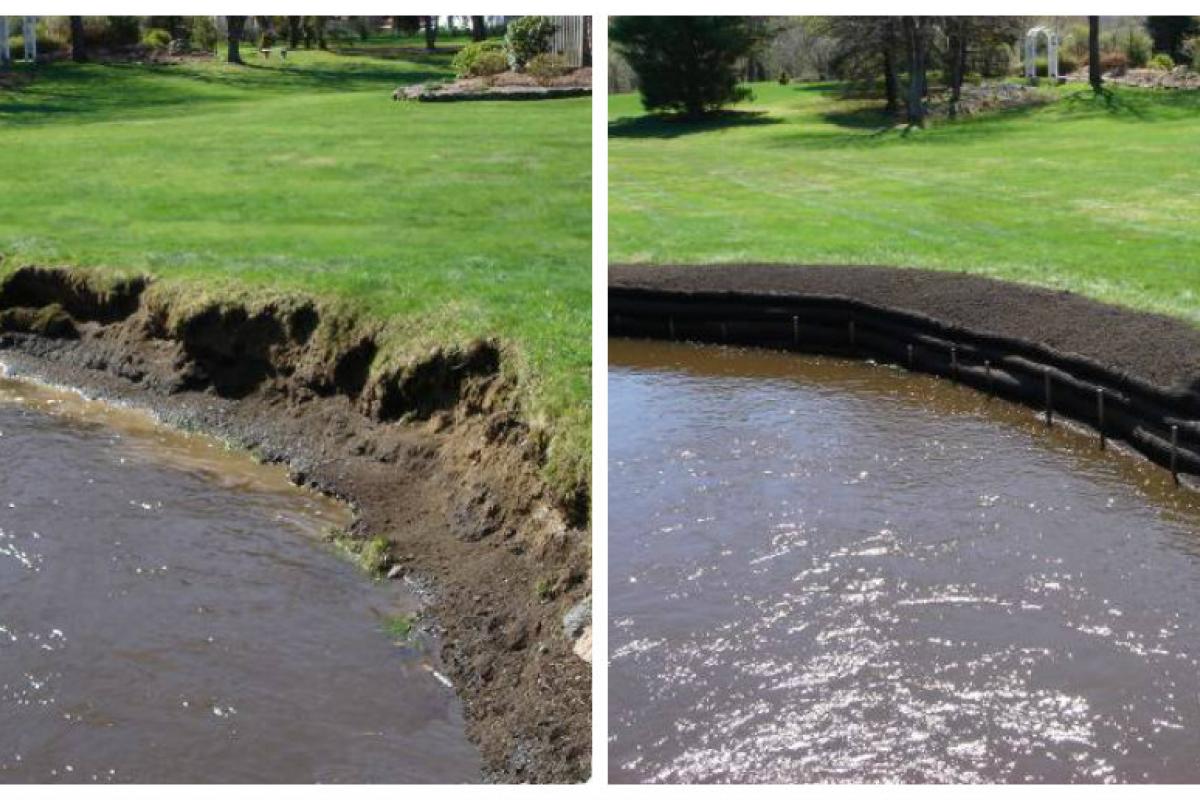 Before & After
Before & After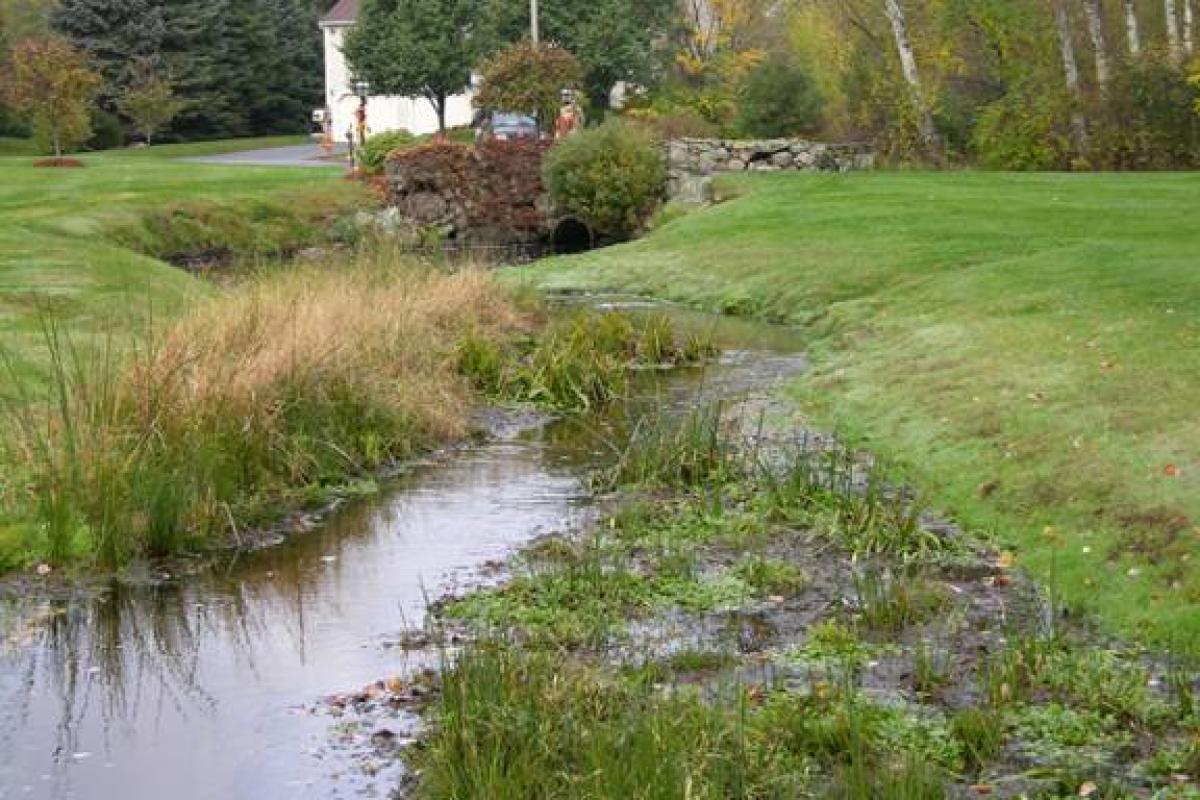 Natick Streambank Stabilization
Natick Streambank Stabilization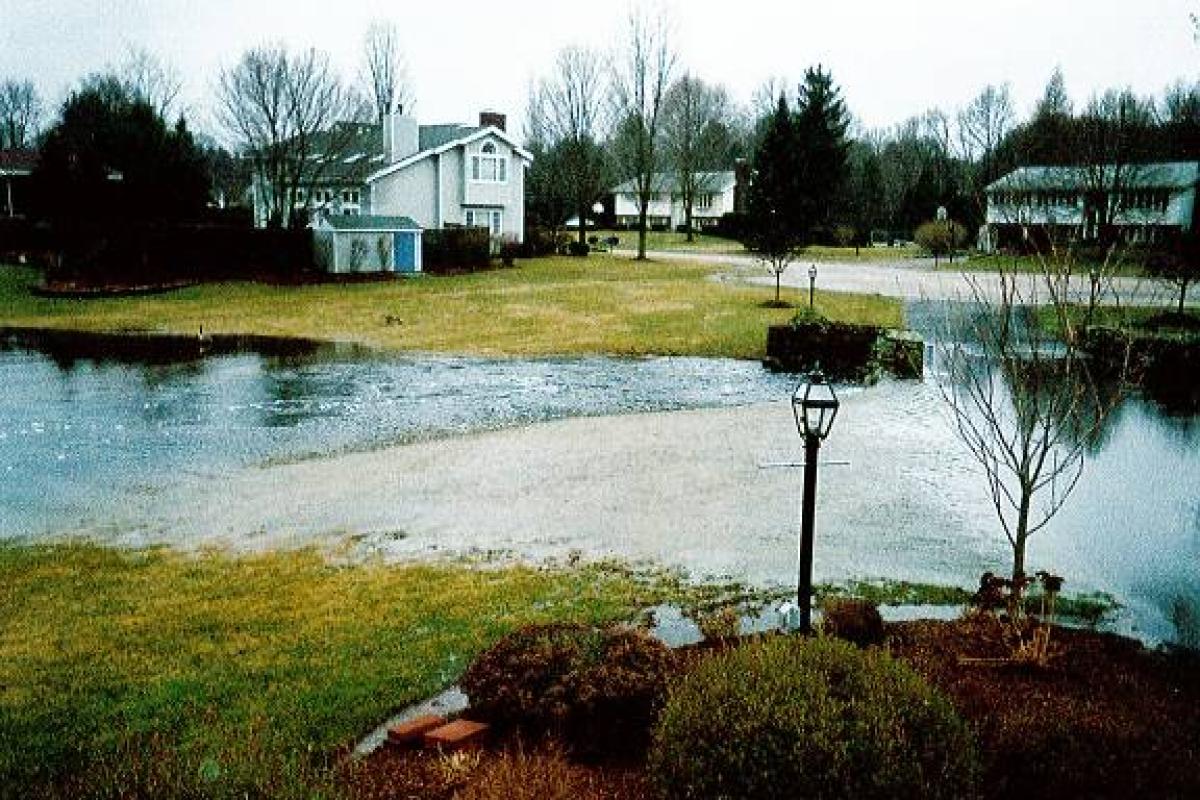 Natick Streambank Stabilization
Natick Streambank Stabilization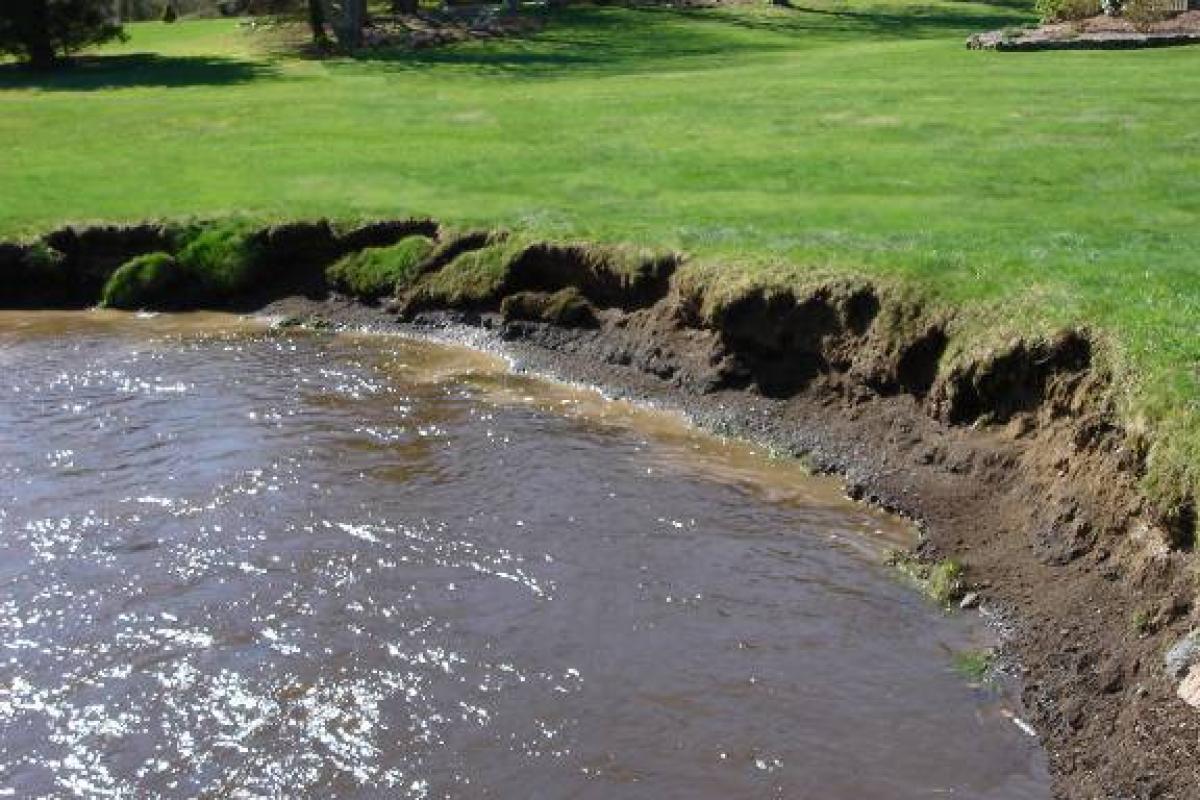 Natick Streambank Stabilization
Natick Streambank Stabilization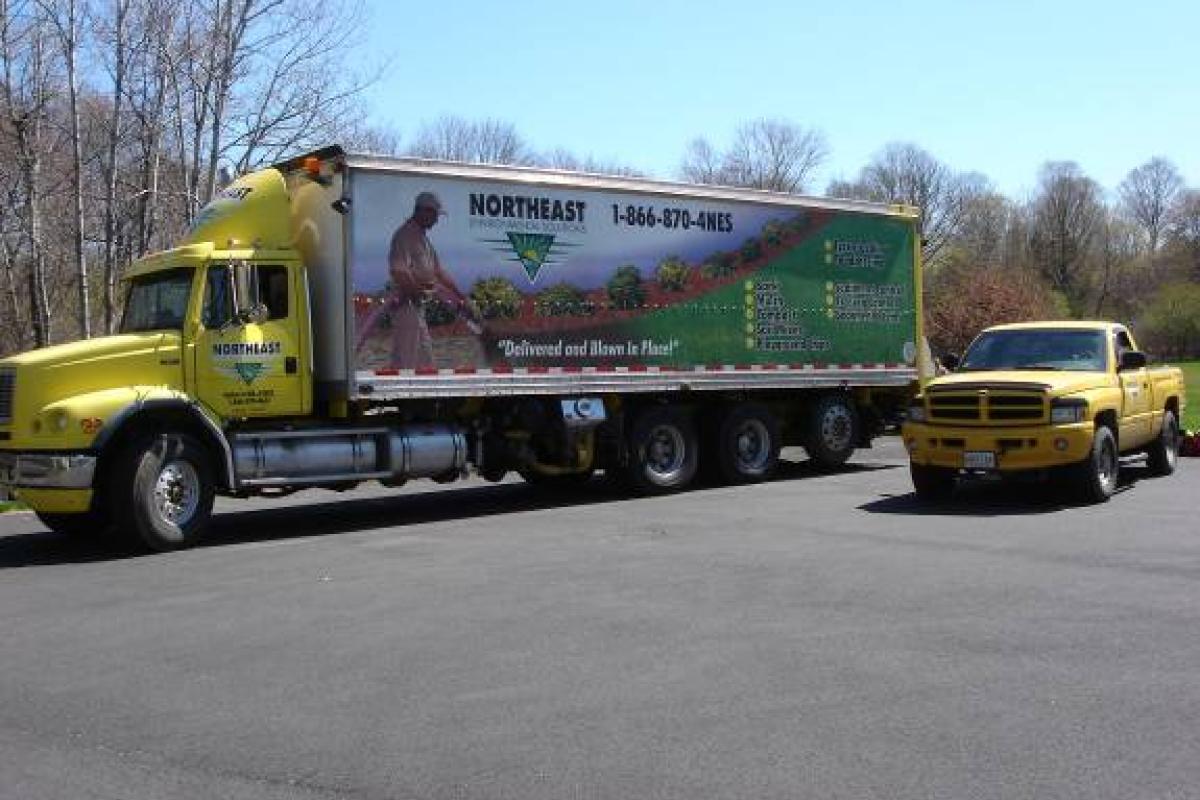 Natick Streambank Stabilization
Natick Streambank Stabilization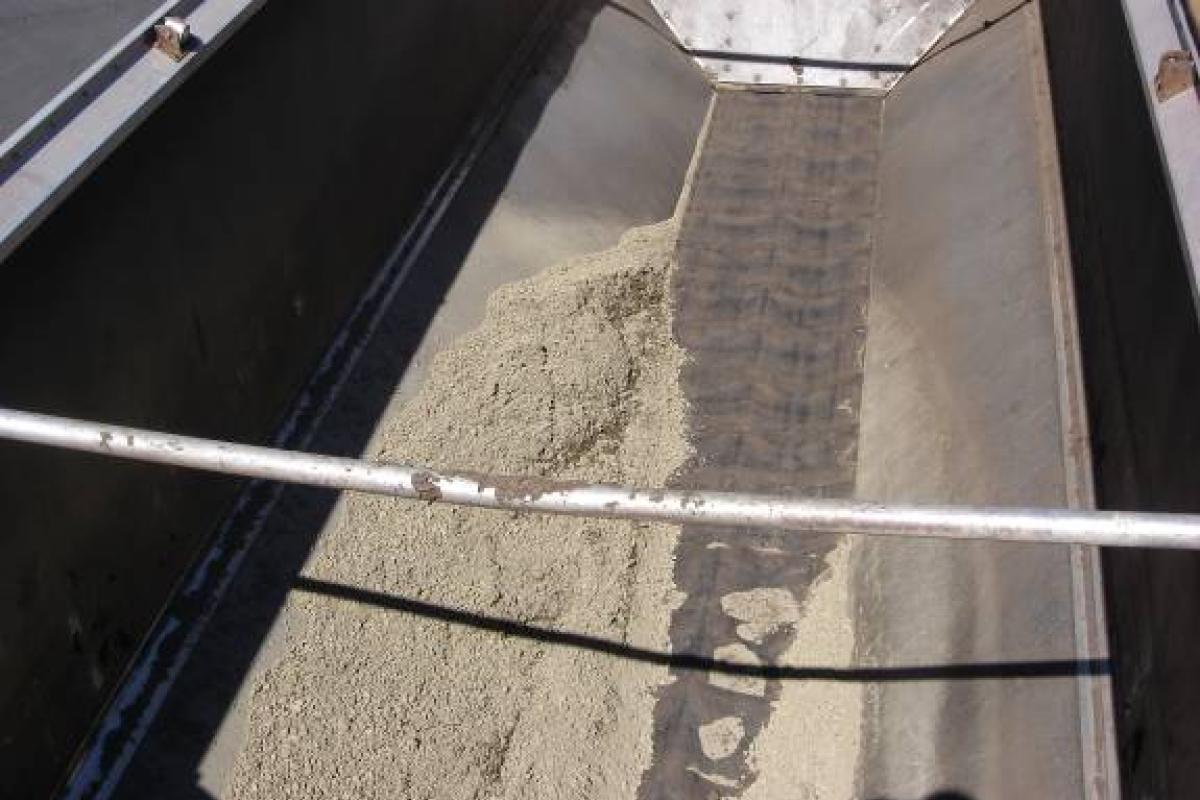 Natick Streambank Stabilization
Natick Streambank Stabilization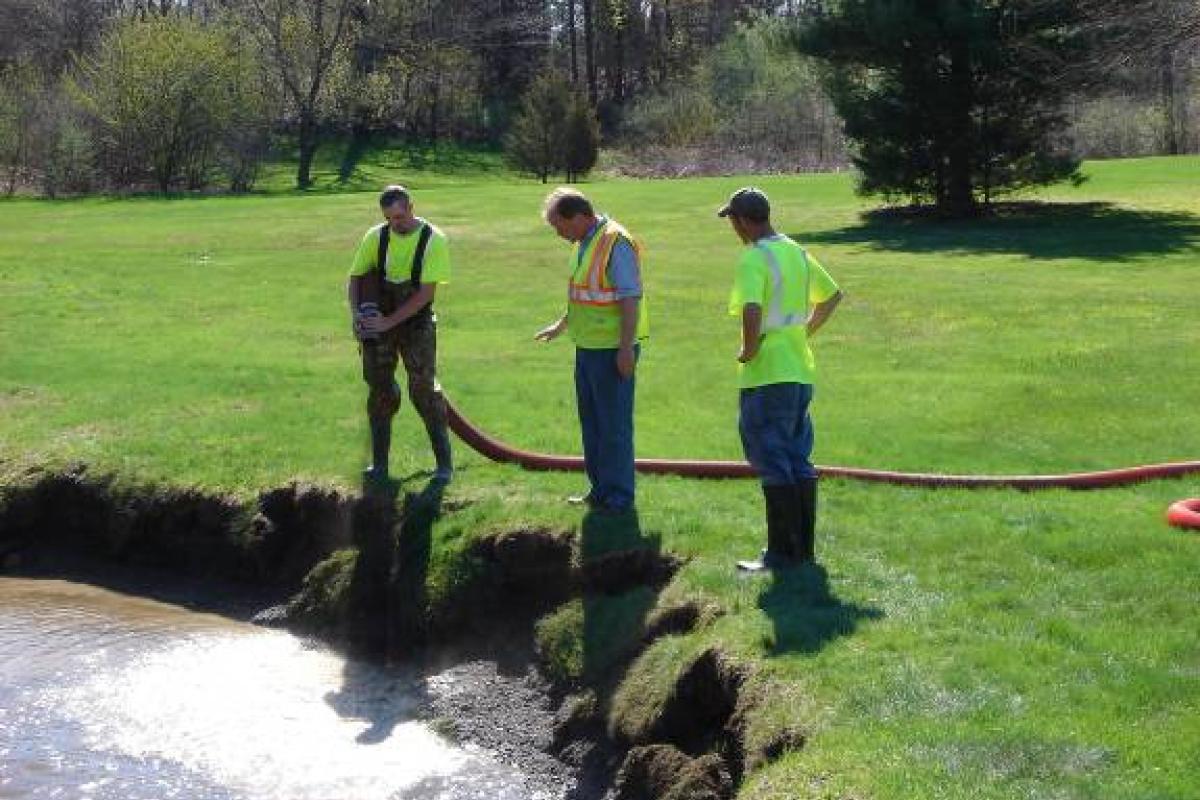 Natick Streambank Stabilization
Natick Streambank Stabilization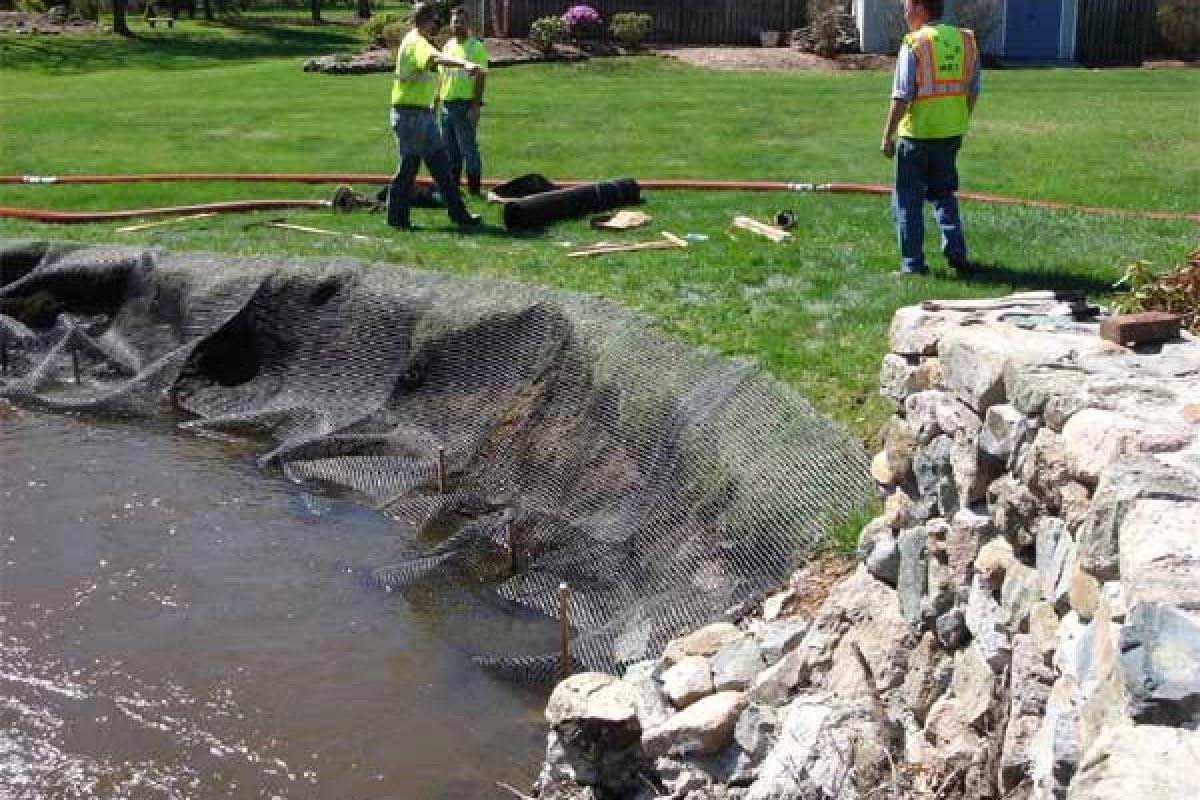 Natick Streambank Stabilization
Natick Streambank Stabilization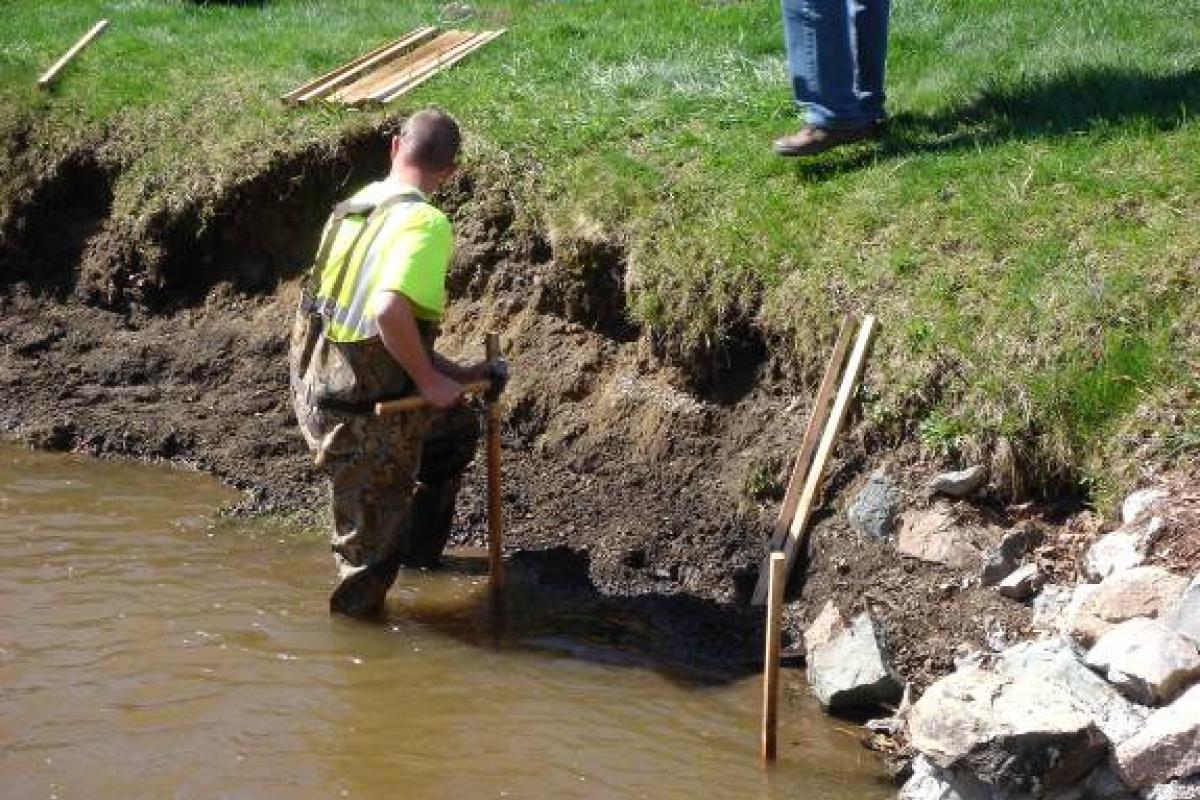 Natick Streambank Stabilization
Natick Streambank Stabilization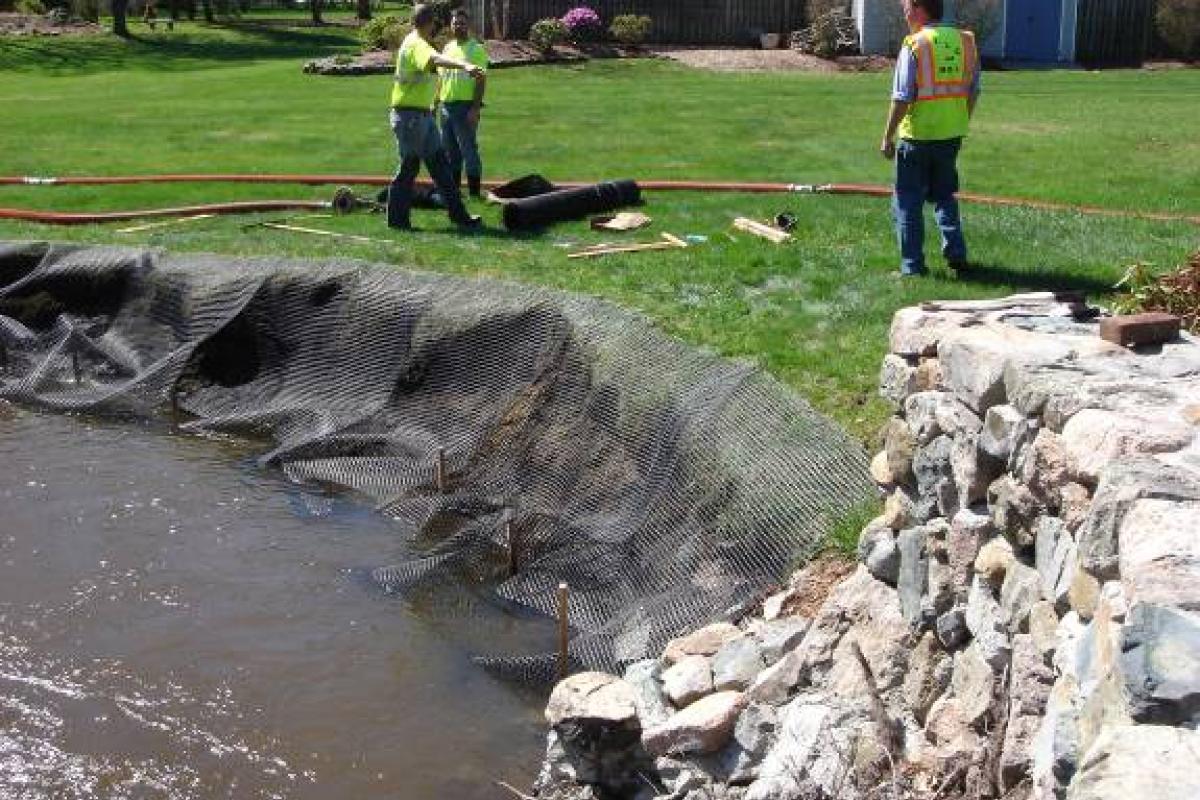 Natick Streambank Stabilization
Natick Streambank Stabilization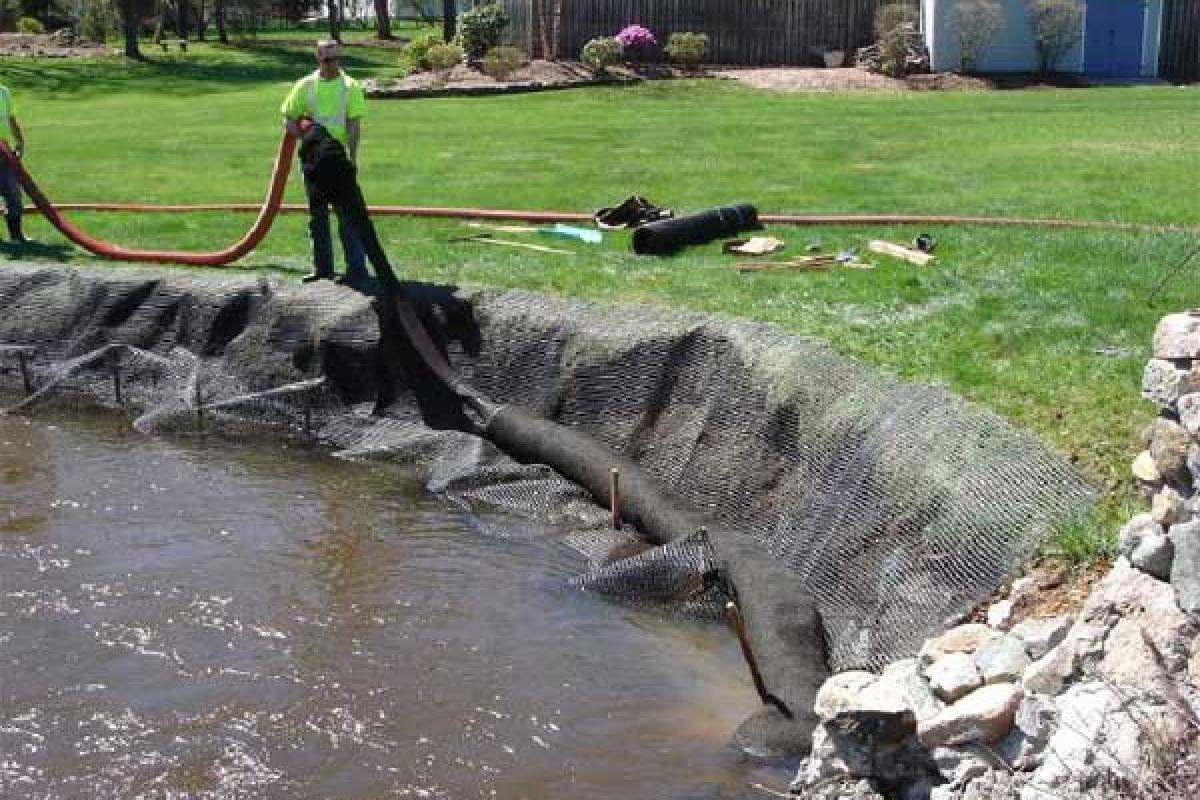 Natick Streambank Stabilization
Natick Streambank Stabilization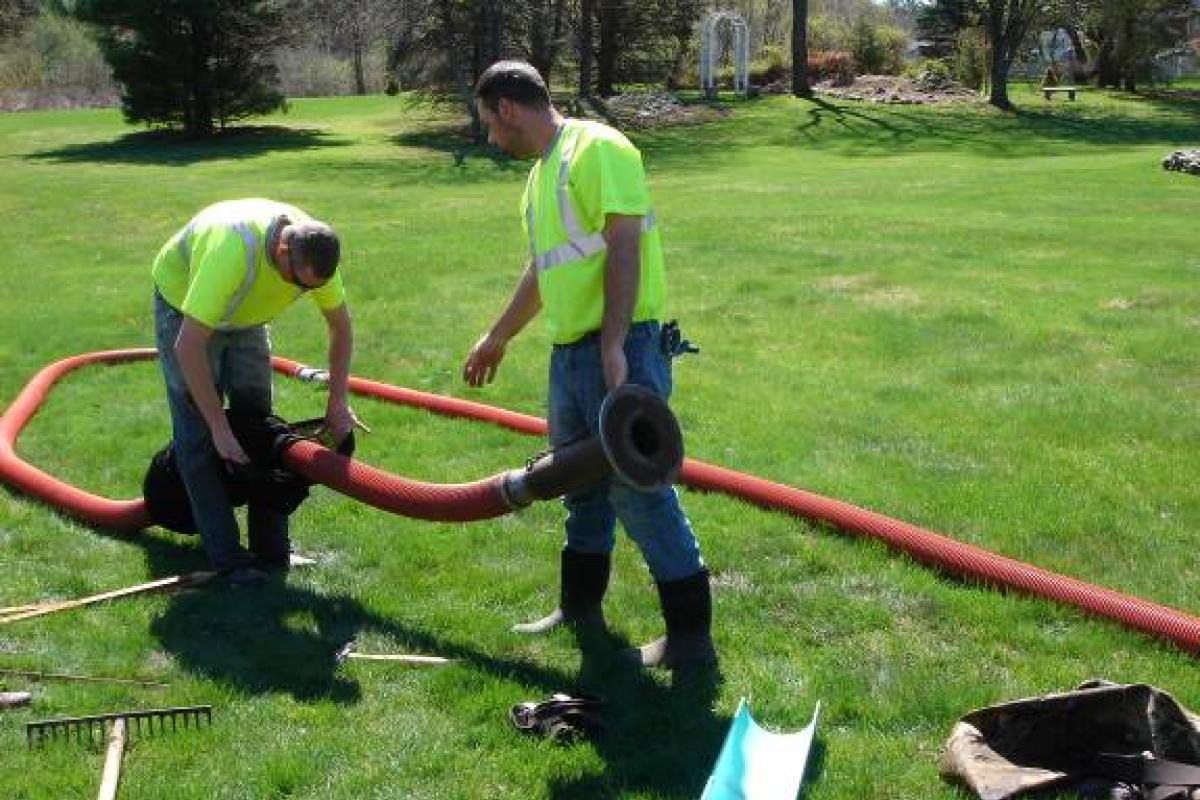 Natick Streambank Stabilization
Natick Streambank Stabilization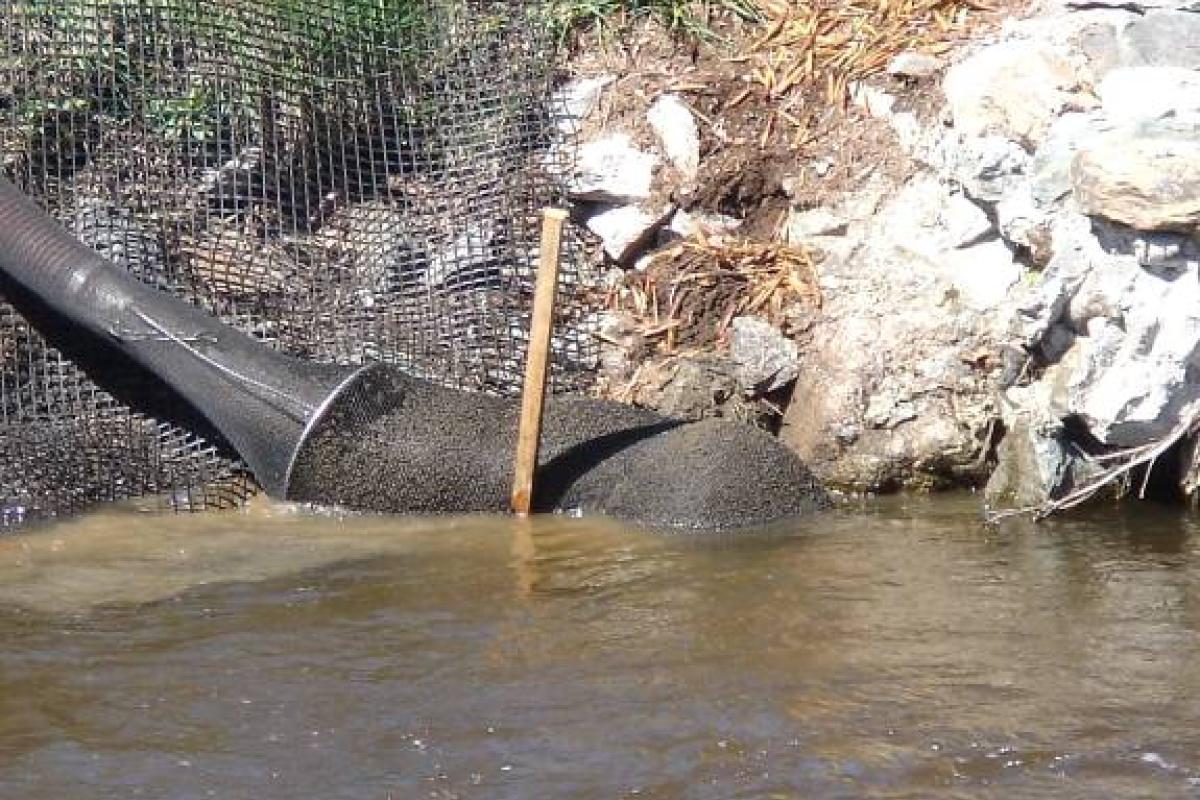 Natick Streambank Stabilization
Natick Streambank Stabilization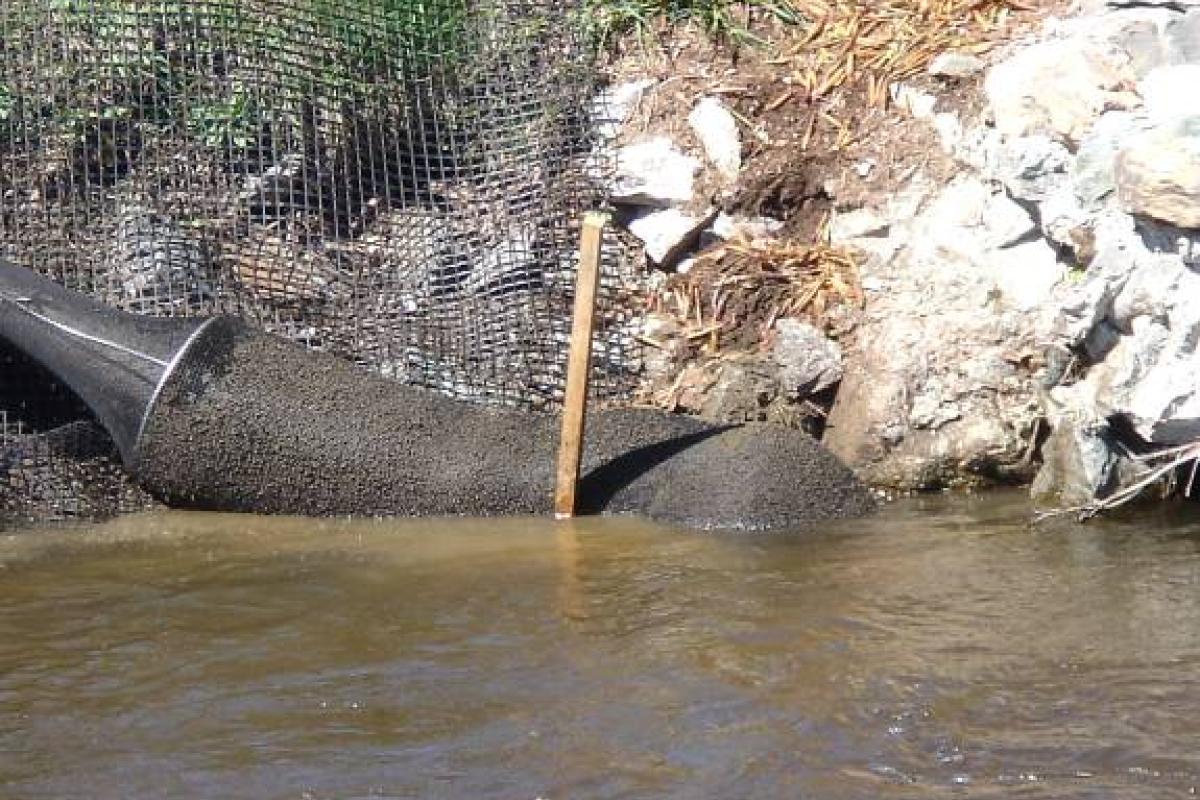 Natick Streambank Stabilization
Natick Streambank Stabilization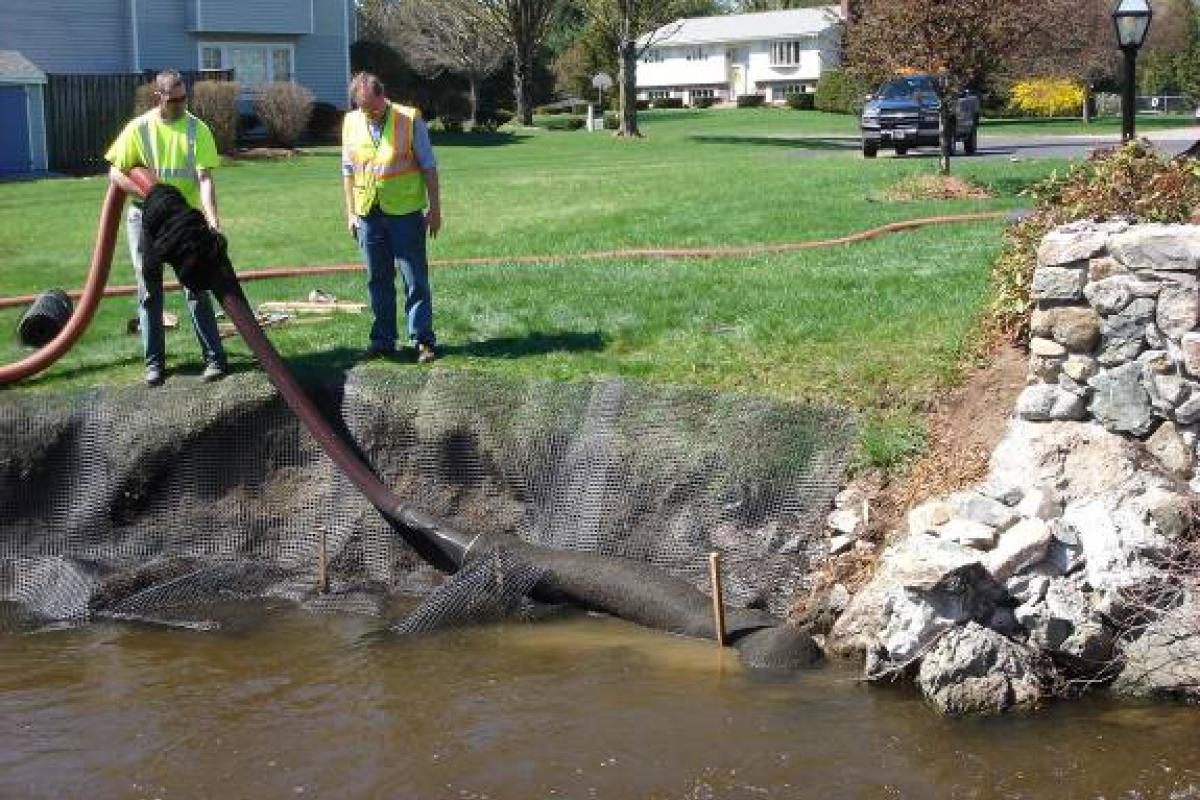 Natick Streambank Stabilization
Natick Streambank Stabilization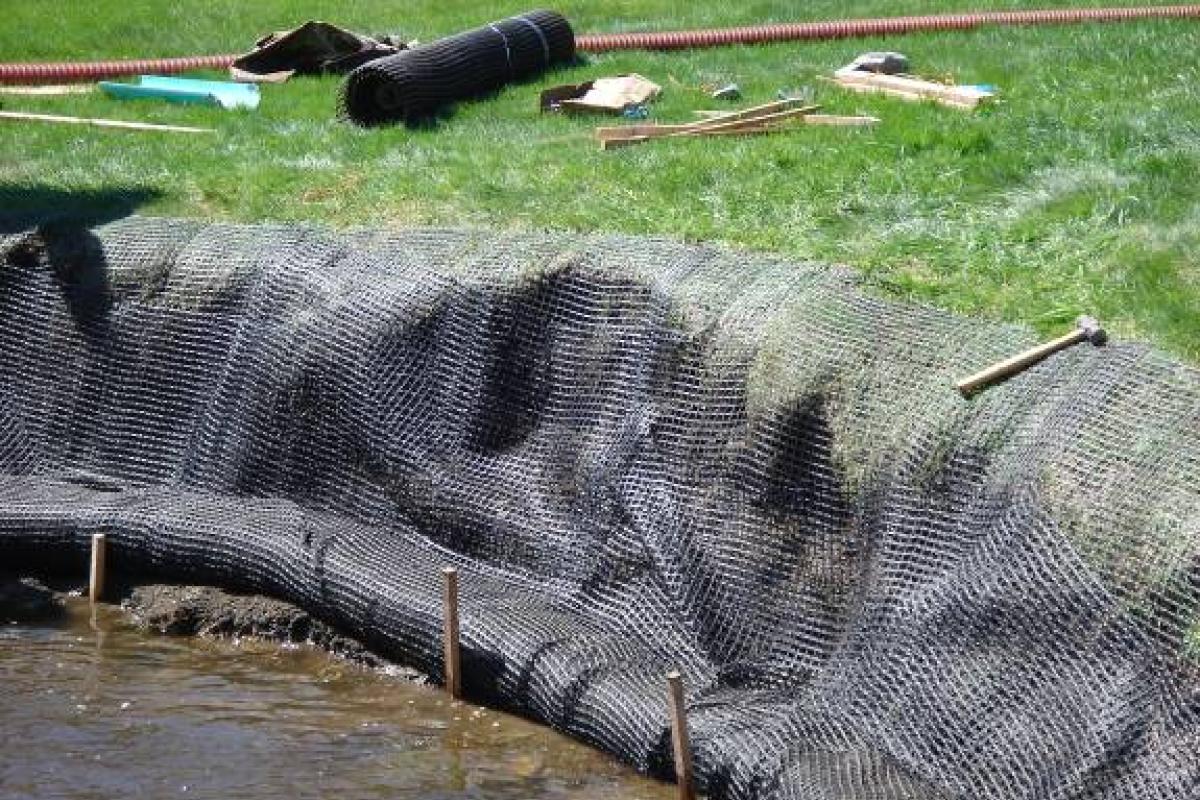 Natick Streambank Stabilization
Natick Streambank Stabilization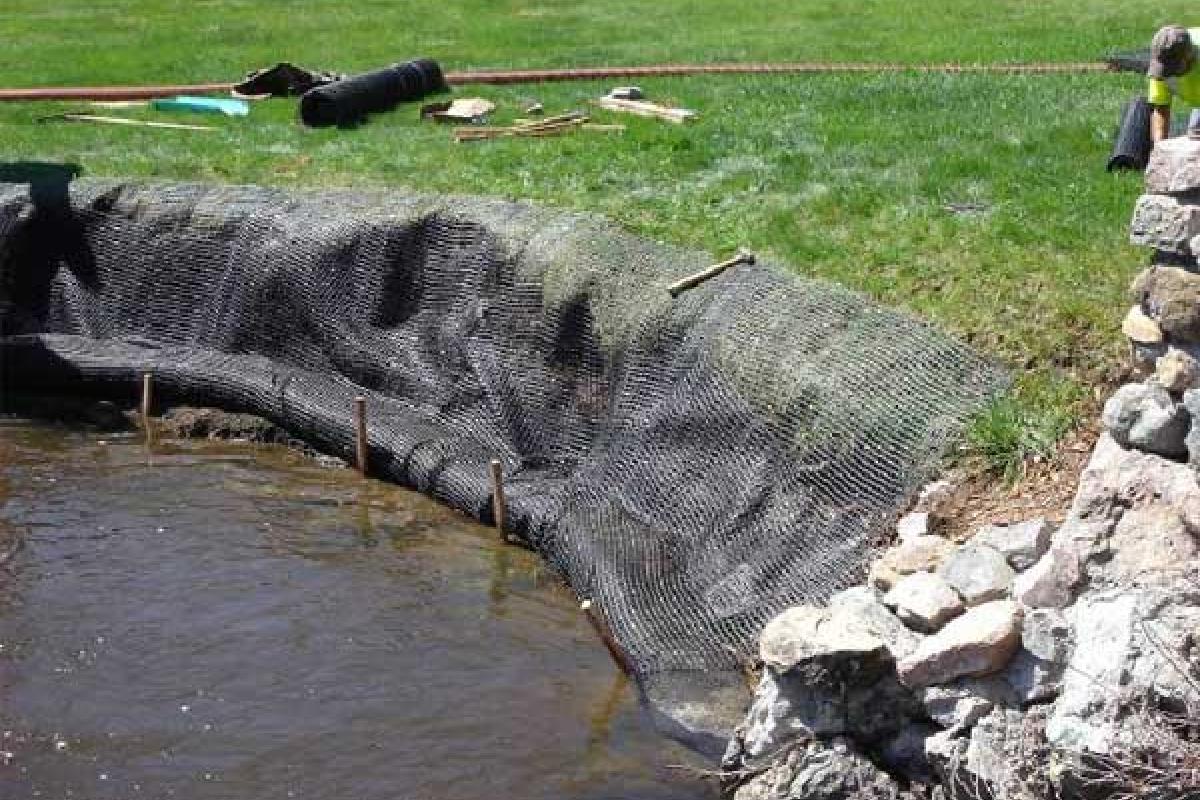 Natick Streambank Stabilization
Natick Streambank Stabilization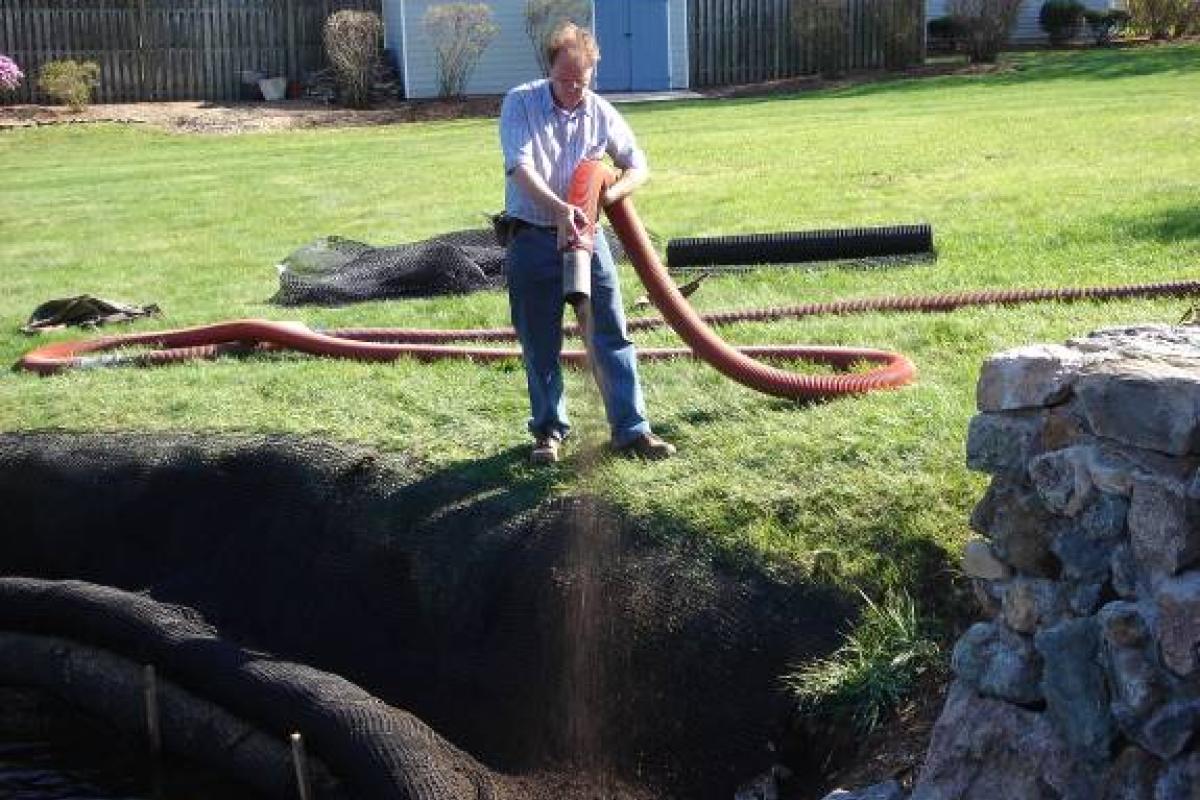 Natick Streambank Stabilization
Natick Streambank Stabilization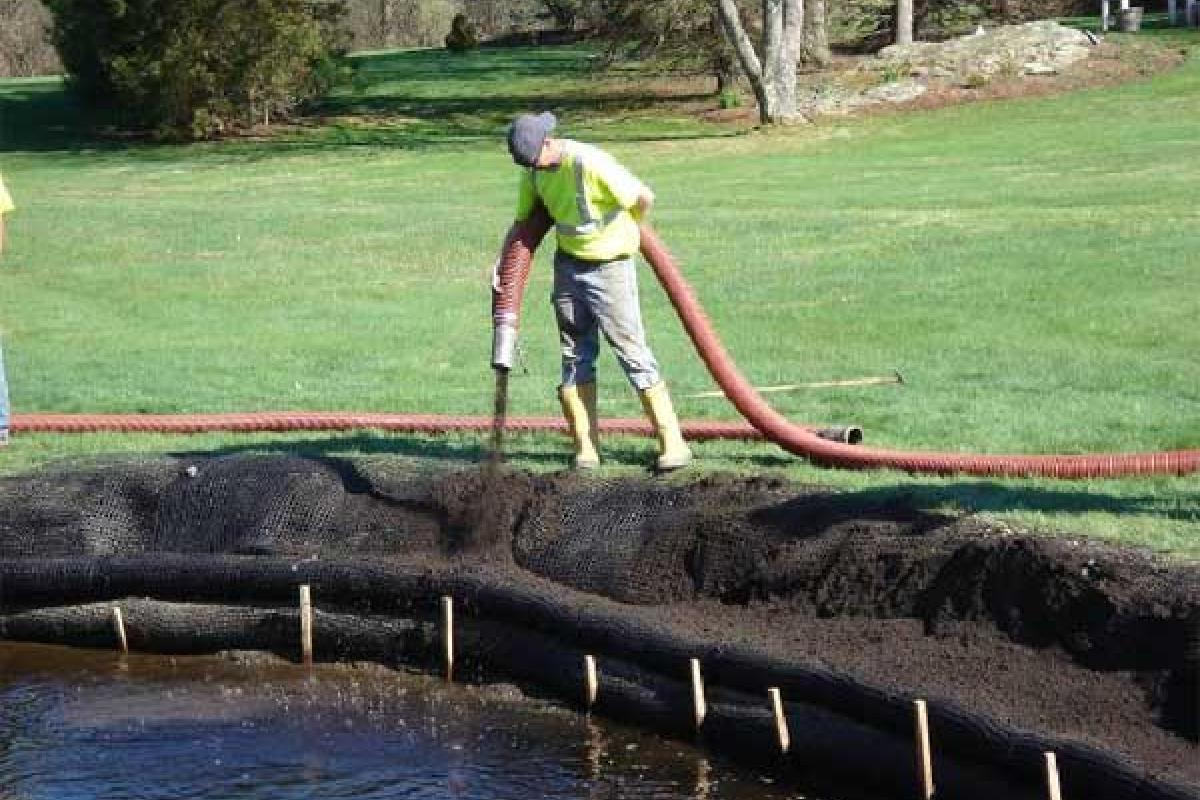 Natick Streambank Stabilization
Natick Streambank Stabilization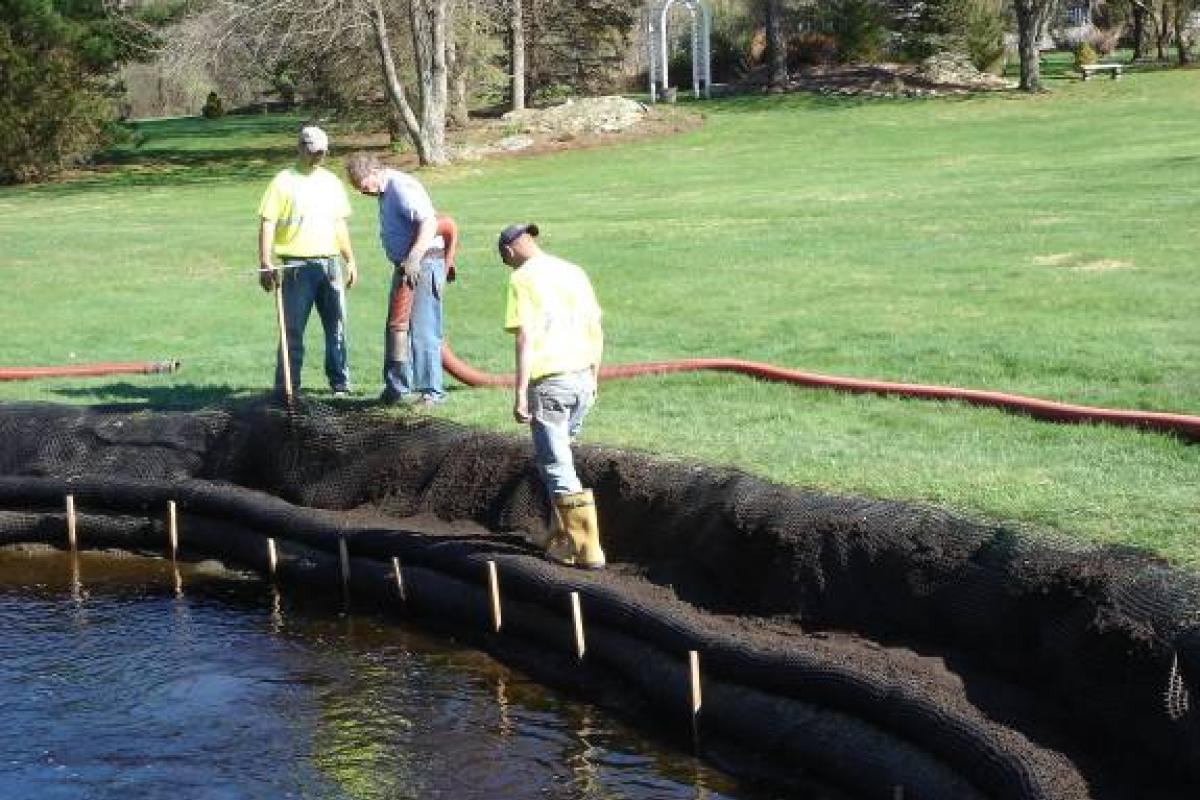 Natick Streambank Stabilization
Natick Streambank Stabilization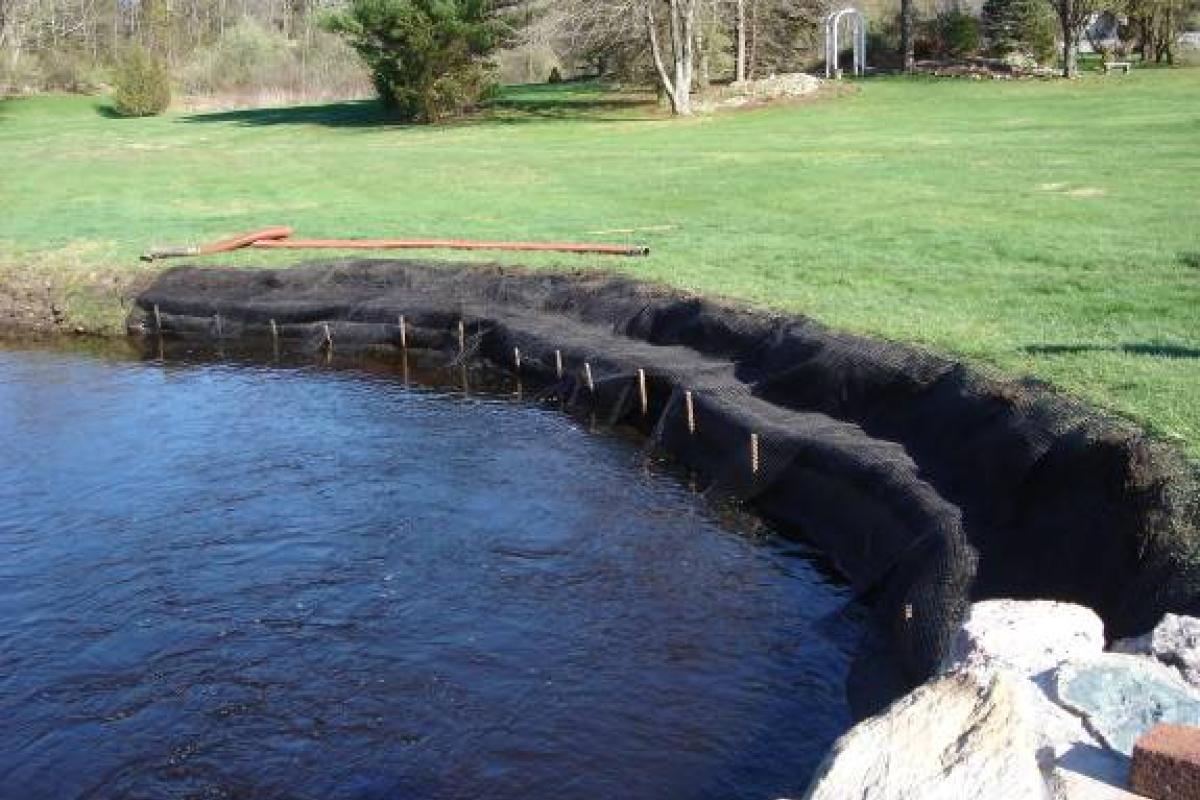 Natick Streambank Stabilization
Natick Streambank Stabilization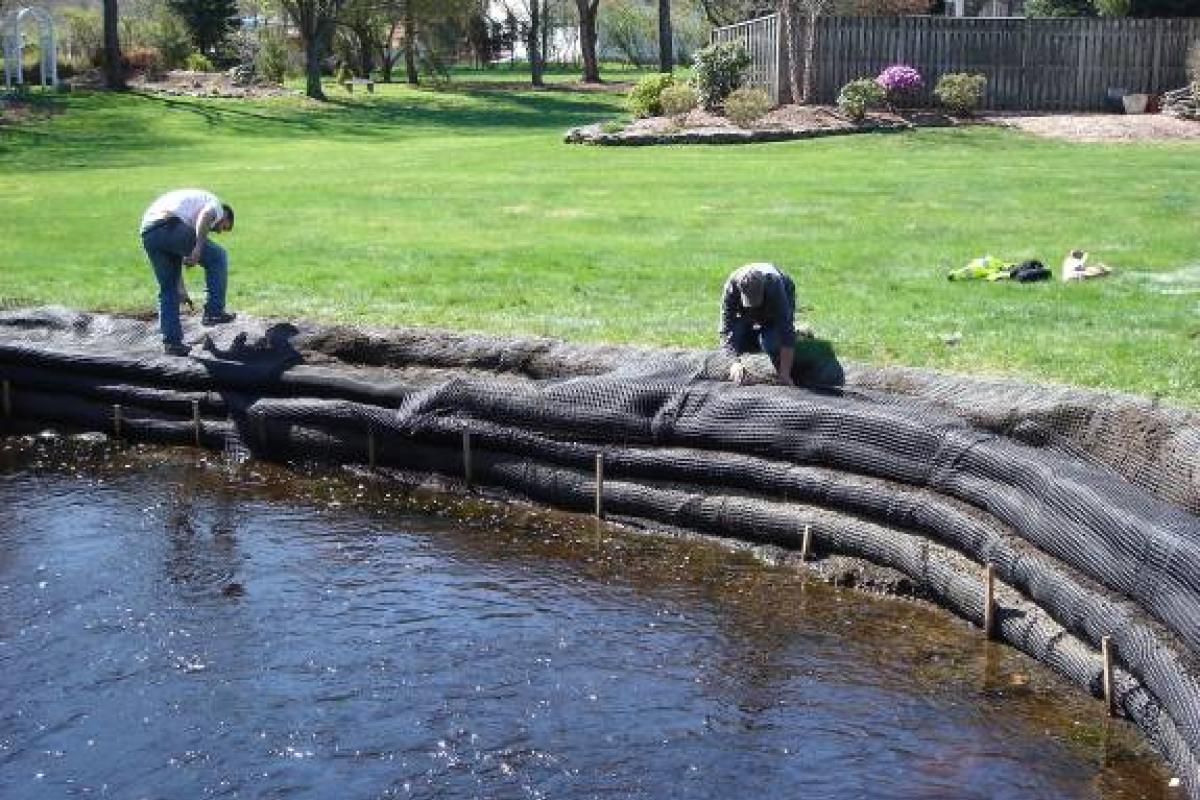 Natick Streambank Stabilization
Natick Streambank Stabilization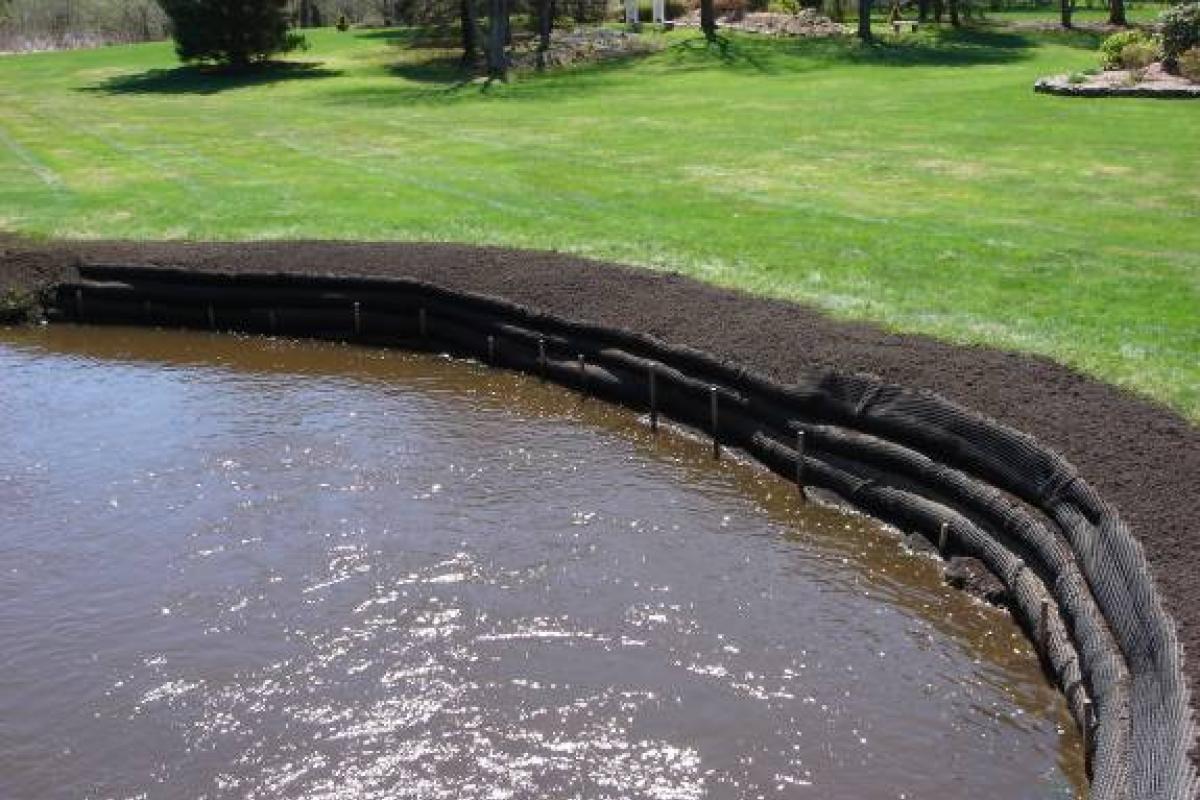 Natick Streambank Stabilization
Natick Streambank Stabilization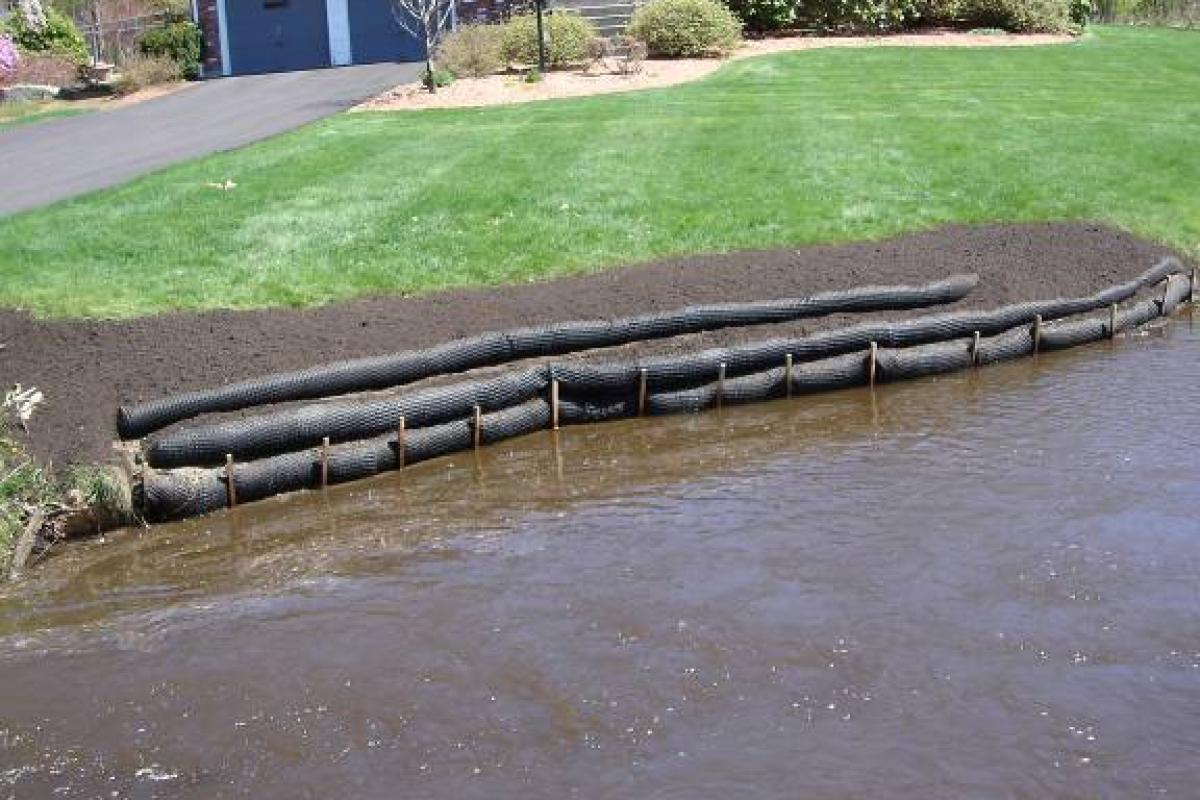 Natick Streambank Stabilization
Natick Streambank Stabilization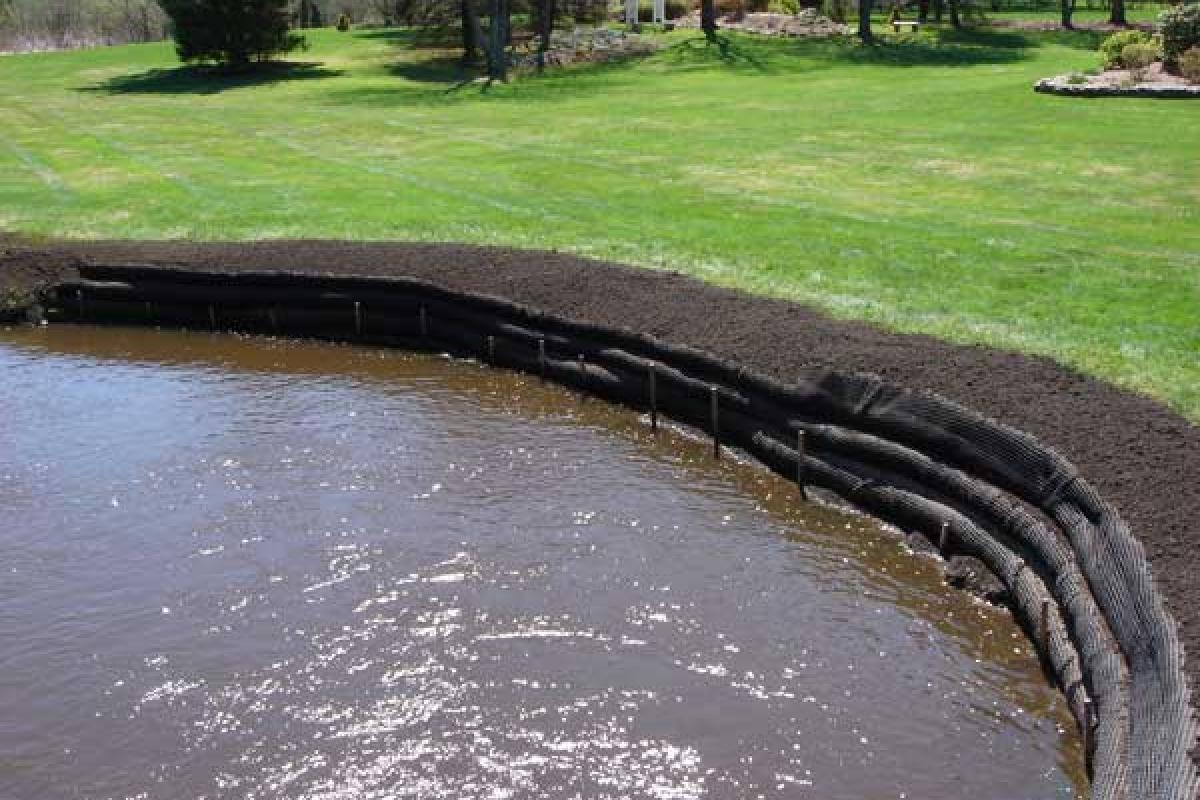 Natick Streambank Stabilization
Natick Streambank Stabilization
About the Project:
Wetlands restoration and ditch maintenance are integral parts of the Integrated Pest Management Program performed by the Central Mass. Mosquito Control Project (CMMCP). CMMCP currently works in 39 cities and towns in Massachusetts, and last year alone cleaned over 145,000 feet of ditches. One of our projects that has not quite performed to our expectations due to continued streambank failure is the subject of this article. At the subject site located in Natick, Massachusetts (Town of Natick, Job #598 Ernest Drive), we cleaned the ditch system for the first time in 1993 using a low ground pressure excavator.
Work crews were out several times since that time as part of our stream maintenance program using hand tools to keep the system free from obstructions. By 2004 the downstream section had degraded again to a point where it breached its banks and flooded over the resident’s driveway. Each time the excavator was called to action, the downstream area required removal of accumulated silt due to the failure of the streambank upstream. In our work in this system, we did not touch the 75 foot area closest to the culvert mouth due to concerns from the homeowner that he will lose additional sections of his lawn. This bank has failed due to poor slope (1:1) and increased pressure from people and yard maintenance personnel.
In an effort to correct this problem and as a long term solution, Northeast Environmental Solutions was contacted to give their opinion on the site and to see if a solution could be worked out. NES is based in Amherst, Massachusetts and they provide erosion control, sediment control, vegetated substrates and customized materials delivery to their customers using the newest and most efficient technologies available to them. At the request of CMMCP Wetland Project Coordinator Amanda Hope, Ed Severance from NES came out to the project area in early 2007 and gave us a site evaluation and a cost proposal. As a state agency, CMMCP does not usually subcontract any of our services, but this type of program was new for us and the CMMCP Commission voted to cost share this project with homeowner as a pilot program, in the hopes CMMCP personnel may be able to do similar work like this in the future.
NES required two days to do this work, and in early May the weather forecast for the next few days would be perfect. The compost to be used is made from recycled organic materials and completely inert, free of unwanted seeds and is guaranteed against invasive weed intrusion. The pneumatic, injection system used by NES has a very low impact on the area, since the injection operation is controlled using a remote system, and the only equipment necessary for installation is a technician carrying the hose. The truck that transports the compost is specially designed, and has a moving floor that carries the compost (or other material like mulch stone, etc.) into an auger system that is then forced into the hose using high pressure air. This truck can be refilled during the project to allow constant operation, and is parked up to several hundred feet from the restoration site.
The first order of business was to create a stable platform for the compost socks. A layer of gravel was blown into the streambank and then leveled, and wooden stakes were pounded into the embankment to further anchor the compost socks. A layer of geogrid was placed on the streambank, and then the first sock was filled with the gravel mixture. The remainder of the socks would then be filled with the compost mixture, and the top layers would have a grass seed mixed in also. Filling the socks required the sock to be placed over the spray hose, using an adapter at the bottom of the hose to stretch out the sock to the correct diameter, about twelve inches. Then a knot is tied at the end of the sock. As the truck delivers the compost to the sock, the hose is pulled back.
Once the first sock was in place, it was flattened slightly, and the geogrid was pulled up over the sock and anchored in the streambank with large wire staples. The remainder of the socks, now filled with compost, can be placed over this foundation, with a slight taper to the back. As each new sock is placed, compost is used as a backfill to create a flat, stable surface for the next sock. After two layers, one side of the geogrid is wrapped around the socks, and the final sock will have the top of the geogrid wrapped over it and secured with the wire staples. A compost/seed mixture used in the final socks is sprayed on top to blend in the repair with the existing surface. One side required 3 full socks, with another one running half way down. Total height is about four feet. The other side required two full socks, with one running about three quarters the distance, for a total height about 2 and a half feet. NES claims over a period of about ten years the geogrid and sock casing with break down by the sun’s ultraviolet radiation. By then the streambank has become stable.
After about 10 hours of work, the job was complete. The only thing to do now was to monitor the site and determine if it will be a viable long term solution. The site was visited twice a month until August, then once a month thereafter.
Massachusetts went though a rather lengthy period of drought last summer, and one failure noted was a lack of germination of the grass seed, especially in the sock face. It was also necessary to place a barrier around the area for a short time to alert the grounds crews to stay away and let the area stabilize. NES reseeded the site two times, June and October, and in October noted a small area of undercutting that was fixed using a few stones from the area. The second seed mixture used was a rice cut grass which was recommended by NES. The site has now filled in nicely, with the sock faces the only areas left to be reseeded. Other options for the sock face included wetland plants like red stem dogwood, etc.
We are confident that this work will be a long term solution to a problem area, and will not require maintenance to such a degree as in the past.
The author would like to acknowledge the following people: CMMCP Board of Commission; Homeowner Francis Lynch; CMMCP Wetland Project Coordinator Amanda Hope; Ed Severance & Crew; and Northeast Environmental Solutions.
TIMOTHY D. DESCHAMPS, Executive Director
Central Mass. Mosquito Control Project
111 Otis Street, Northborough, Massachusetts 01532
(508) 393-3055

